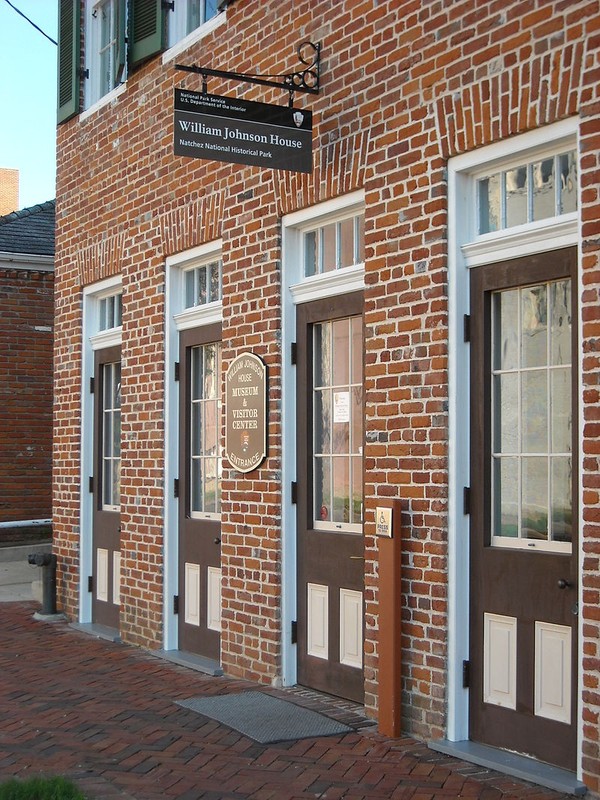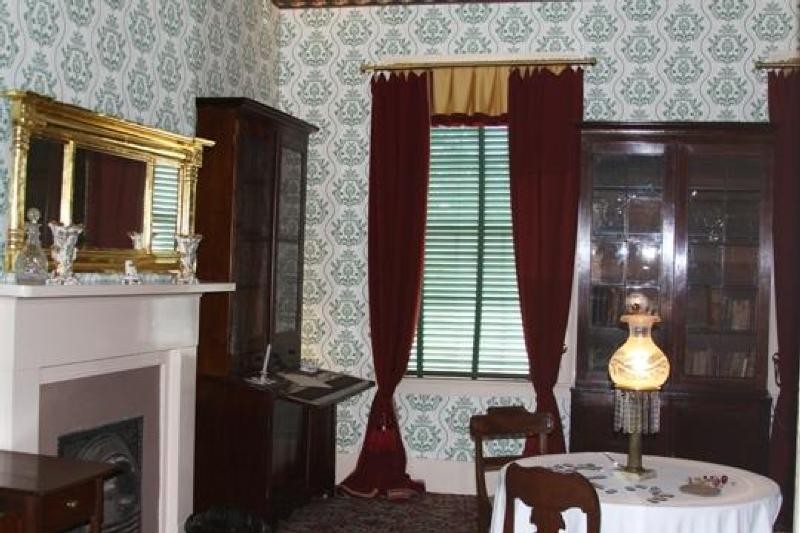William Johnson House
Introduction
Text-to-speech Audio
William Johnson was a born slave in Mississippi who was later freed by his owner and became an apprentice to a Black barber. William became a wealthy businessman and entrepreneur who later owned slaves himself. After his death, his diary was discovered which told the day in the life of being a wealthy Black man in Mississippi. This historic house is located in downtown Natchez and once housed Johnson's large family and servants. The property also once was occupied by businesses downstairs and livestock in the back. Now a historic museum and restored, viewers can relive a day in the life of William Johnson and get a glimpse into house he once wrote about.
Images
William Johnson House Museum

William Johnson House Parlor

William Johnson's Natchez: The Ante-Bellum Diary of a Free Negro. For more information, click on link below.

Backstory and Context
Text-to-speech Audio
William Johnson was emancipated by his slave owner when he was a child and he became the apprentice of a freed Black barber, James Miller. William's success grew as he owned and operated three barbershops in the city of Natchez. This businessman and entrepreneur became wealthy and lived his life under a fine line comparable to that of white citizens. William, himself, owned slaves that also helped in his businesses.
Johnson kept a daily diary for sixteen years, beginning in 1835 and ending with his
Johnson kept a daily diary for sixteen years, beginning in 1835 and ending with his
death in 1851. This diary followed the life of a free man of color,with daily entries about being a family man of ten children, his daily outdoor activities, and also told what it was like being a successful businessman.
William Johnson built a three story brick house in Natchez, MS where he moved his large family into in 1841. The downstairs space was occupied by commercial property, quarters for his servants, and housed livestock on the property. After his death, his family continued living in the house and eventually was purchased by the National Park Service in 1990.
William Johnson built a three story brick house in Natchez, MS where he moved his large family into in 1841. The downstairs space was occupied by commercial property, quarters for his servants, and housed livestock on the property. After his death, his family continued living in the house and eventually was purchased by the National Park Service in 1990.
Cite This Entry
Shilot, Amber. "William Johnson House." Clio: Your Guide to History. October 14, 2014. Accessed April 18, 2025. https://theclio.com/tour/443/4

